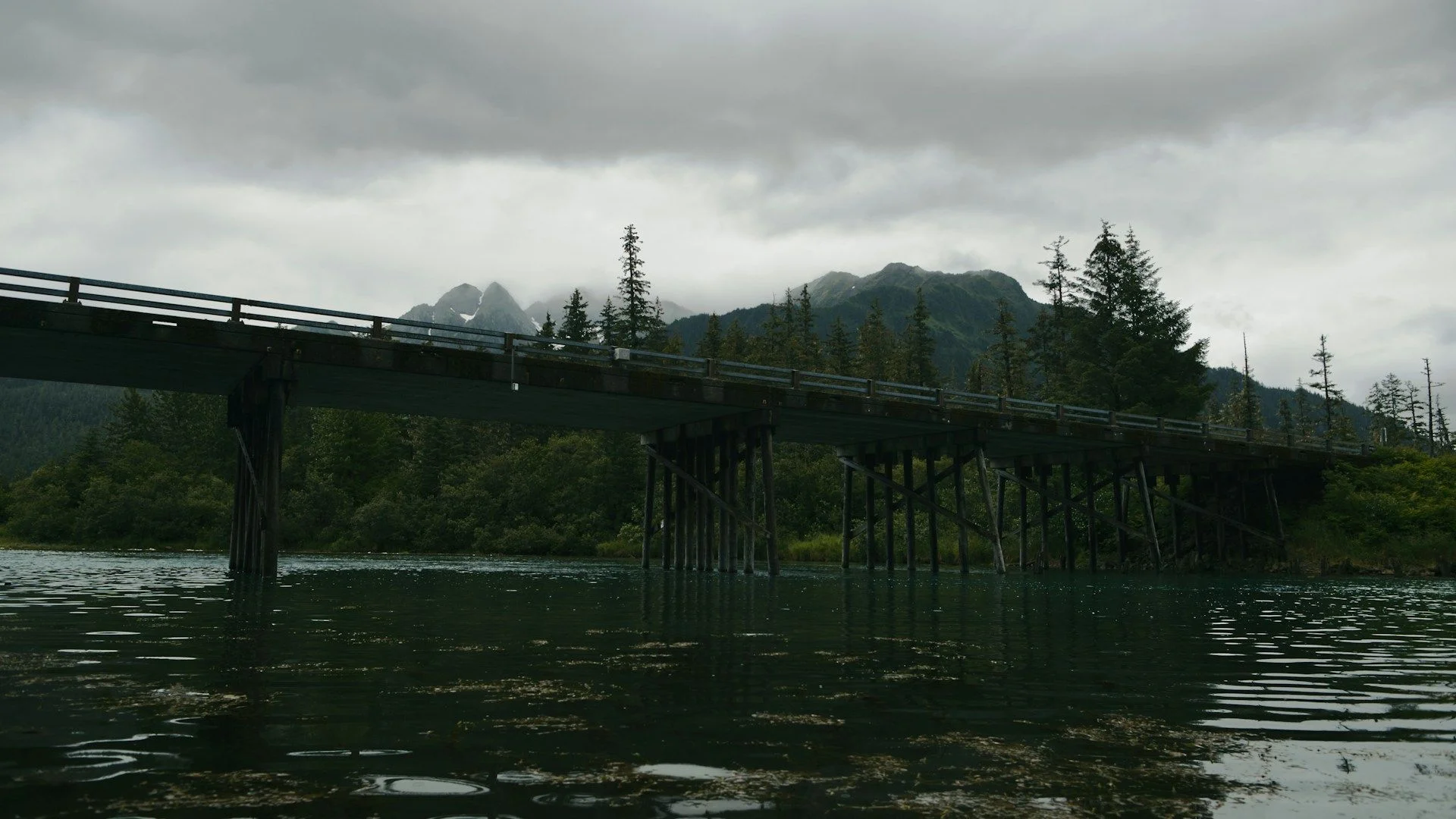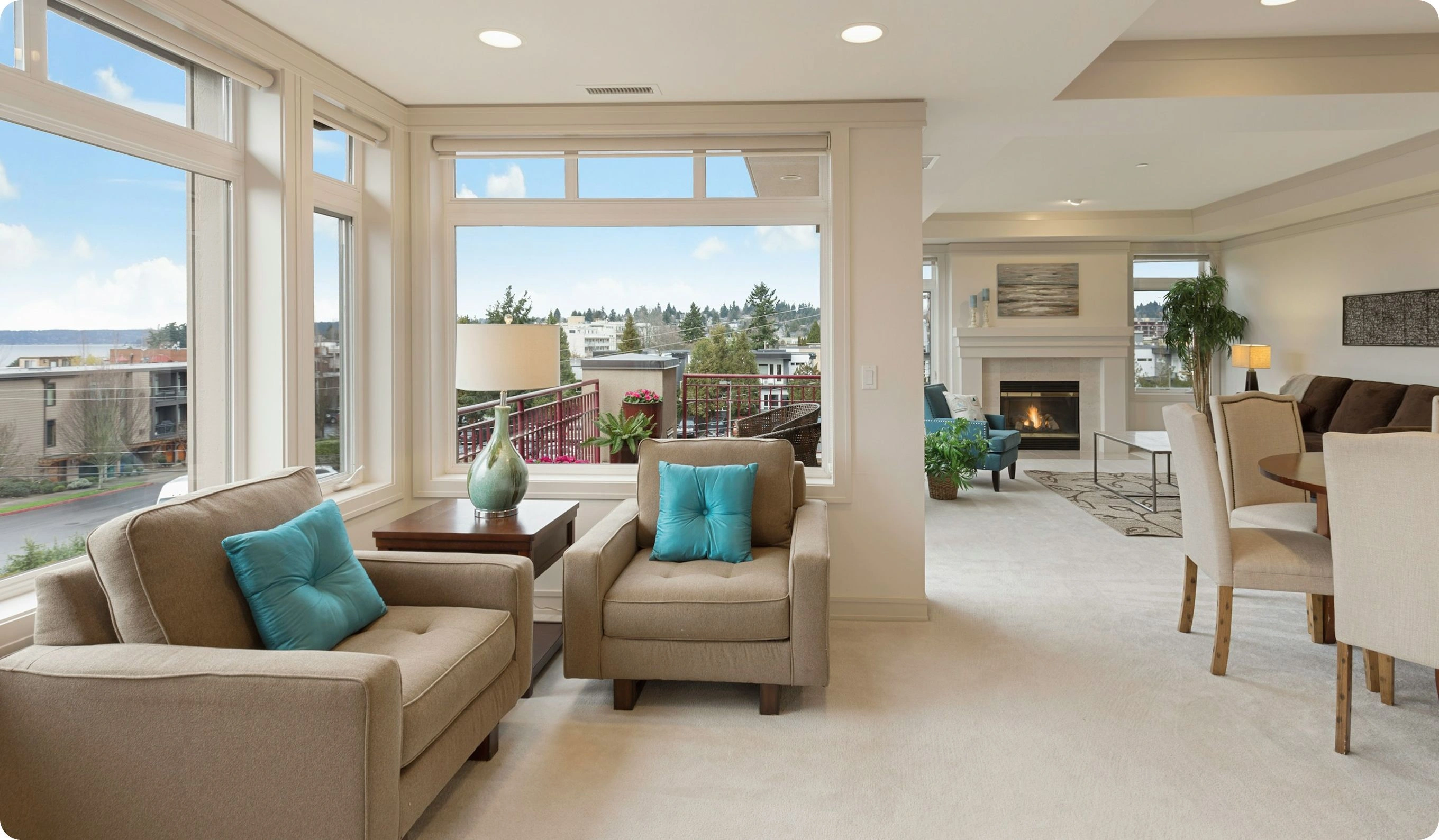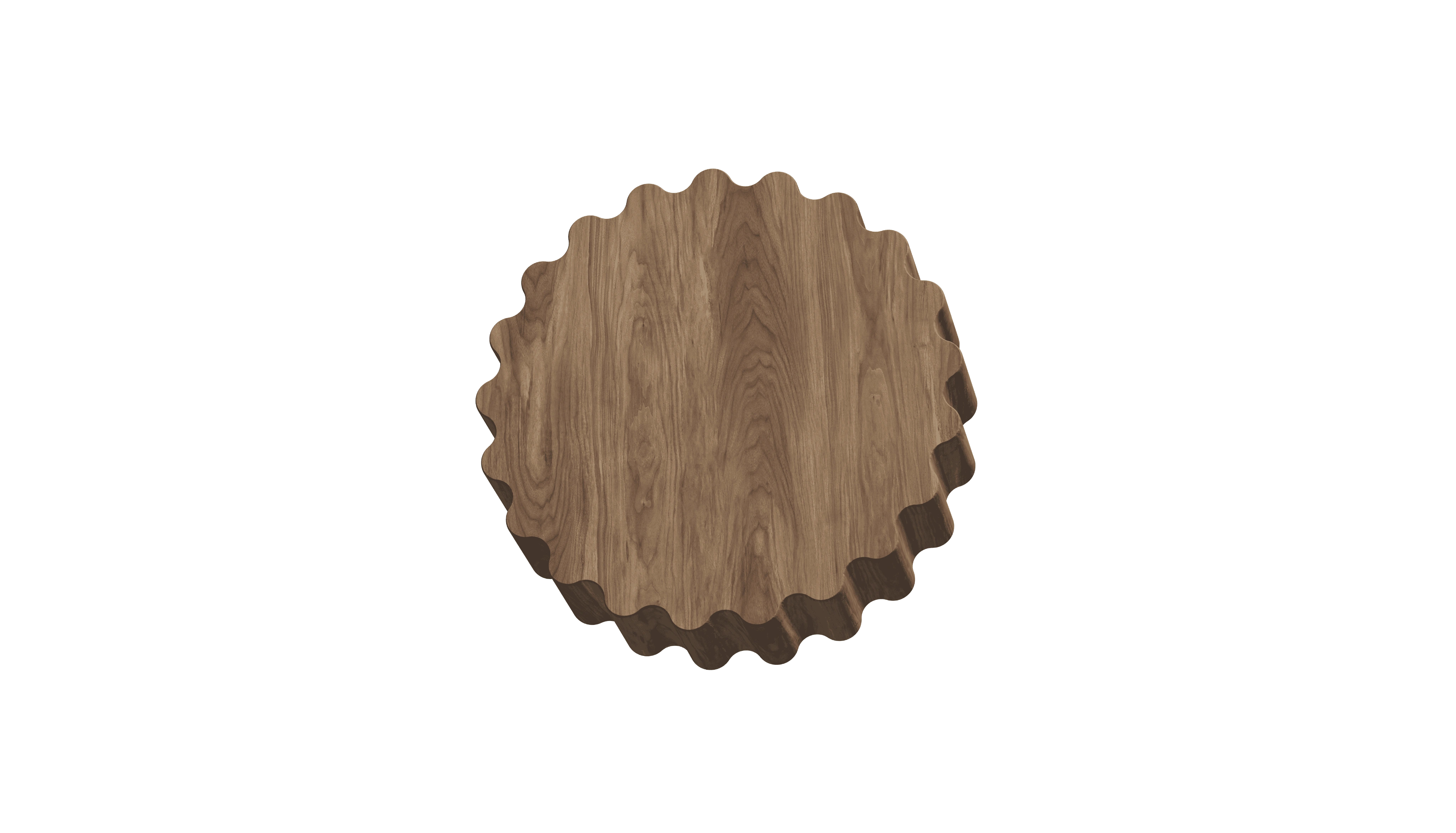Pre-Owned Residential Properties in CordobaAcademic city with tech parksand low prices

Best offers
in Cordoba
Benefits of investment in
Argentina real estate
Low-cost entry in a high-demand market
Buenos Aires offers classic architecture and strong tenant interest at accessible prices.
Attractive yields in USD-based leases
Many rentals are dollarized, protecting returns from local currency risks.
Global cultural appeal and urban charm
The city draws creatives, students, and digital nomads year-round.
Low-cost entry in a high-demand market
Buenos Aires offers classic architecture and strong tenant interest at accessible prices.
Attractive yields in USD-based leases
Many rentals are dollarized, protecting returns from local currency risks.
Global cultural appeal and urban charm
The city draws creatives, students, and digital nomads year-round.

Useful articles
and recommendations from experts
Secondary Real Estate in Cordoba: Colonial Charm and Growing Innovation Hub
Cordoba’s secondary real estate in Cordoba market offers international buyers an appealing mix of Argentina’s rich colonial heritage, emerging technology districts, and affordable price points relative to the country’s coastal capitals. Nestled against the Sierras Chicas mountain range, Cordoba is Argentina’s second-largest city and a major university centre. Its resale landscape includes restored Spanish‐colonial townhomes and elegant Italianate villas in Nueva Cordoba and the historic Centro; mid-century apartments and duplexes in Alberdi and Güemes; and modern loft‐style flats in the rejuvenated Catalinas Norte waterfront precinct along the Suquía River. Buyers benefit from immediate occupancy, mature tree-lined boulevards, well-established shopping streets, and proven rental demand from 150,000 university students, tech startups in the Paya Business Park, and professionals at the Municipalidad and provincial government offices.
Historic Core and Conservation-Sensitive Renovations
The heart of Córdoba’s resale market lies in its colonial grid—plazas, cobblestones, and wrought-iron balconies defining blocks around Plaza San Martín and the Jesuit Block. Secondary real estate in Córdoba here often comprises two- to four-story townhouses built in the 18th and 19th centuries, featuring thick adobe walls, inner courtyards, and original port-ón doorways. Renovation pathways prioritize heritage-sensitive upgrades: repointing lime-mortar façades in matching ochre tones; restoring cast-iron window grilles and timber-beam ceilings; and adapting interiors for modern living by opening former stables into kitchens with European-style cabinetry. Upgrading single-pane, wood-frame windows to discreet double glazing improves comfort without altering facades. Restoration grants from Córdoba’s Institute of Architectural Heritage can subsidize up to 30% of approved conservation work, enabling buyers to command resale premiums of 15–20% above local market rates and attract upscale long-term tenants seeking authenticity and location.
Suburban Neighbourhoods and Value-Add Extensions
Beyond the centro, established residential areas such as Cerro de las Rosas, Villa Belgrano, and Alta Córdoba offer single-family homes and low-rise blocks dating from the 1950s through the 1990s. These resale properties sit on generous lots with mature jacaranda and tipa trees, private garages, and backyard patios. Secondary real estate in Córdoba investors often undertake targeted value-add projects: constructing single-storey glazed additions to create open-plan living and dining areas, converting underutilized attics into mezzanine bedrooms with skylights, and excavating ground-floor garages into self-contained studios under local accessory-unit regulations. In newer developments near the Ciudad Universitaria, resale condominium towers from the 2000s provide turnkey flats with shared pools and gyms but lack bespoke finishes; buyers refresh these units by refitting kitchens with quartz countertops, replacing vinyl plank flooring with engineered hardwood, and installing frameless glass shower enclosures—upgrades that justify 10%–15% higher rents and faster lease-up in this student-driven segment.
Connectivity and economic diversification underpin Córdoba’s secondary‐housing resilience. The city’s subway (Tren de las Sierras) and extensive bus network link all neighbourhoods to the centro and outlying innovation parks in Pilar and Malagueño. Córdoba’s strategic position on Argentina’s rail and highway corridors supports its logistics sector, while the Paya Business Park and the Río Ceballos technology cluster attract software, biotech, and agritech firms—driving demand for rental apartments and executive villas alike. Quality-of-life drivers include Córdoba’s renowned festival calendar (Cosquín Folk Festival, Festival de las Altas Cumbres), the wide network of greenways along the Suquía River, and easy weekend access to the Sierras for leisure tourism. With affordability relative to Buenos Aires and Mendoza, clear foreign‐buyer regulations (5% transfer tax, no restrictions on non‐resident acquisitions), and transparent notarial processes, secondary real estate in Córdoba presents cross-border investors with a balanced, culturally rich, and growth-oriented Argentine market.
